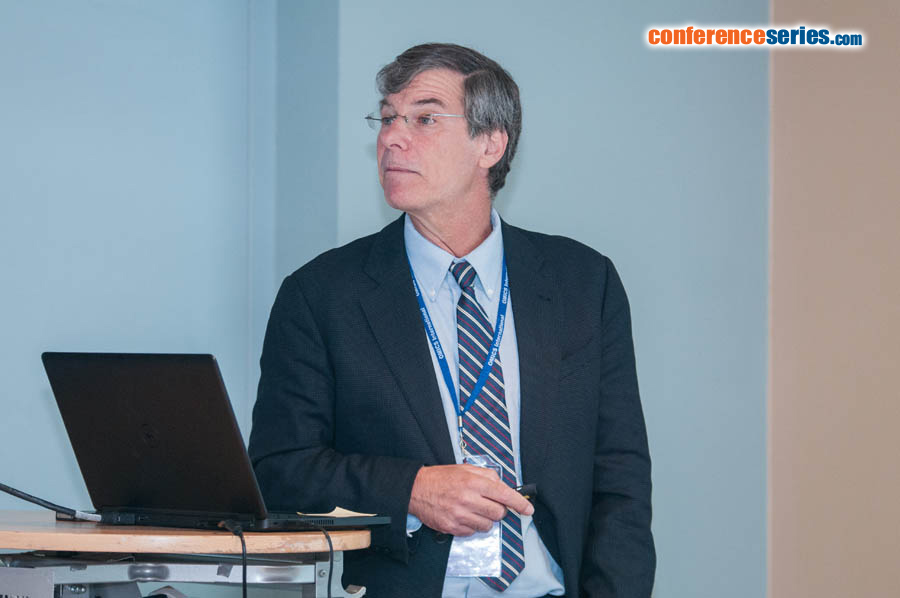
Nathan Newman
Arizona State University, USA
Title: Mechanism for dielectric loss and temperature dependence of dielectric constant (ï¥) in modern microwave materials
Biography
Biography: Nathan Newman
Abstract
Despite the practical importance of low-loss temperature-compensated microwave ceramics for next-generation communication systems, a quantitative understanding of what determines the loss tangent and temperature dependence of the dielectric constant (ï¥) have not been firmly established. We focus our discussions on Ni-doped BaZn1/3Ta2/3O3 since it is the highest performer at room temperature and show that our conclusions are general for other commonly-used materials. Ba (Zn1/3Ta2/3) O3 exhibits the unusual combination of a large dielectric constant, ï¥r and a small loss tangent at microwave frequencies. Ab-initio electronic structure calculations show this desirable property from the “covalent” charge transfer between the cation d-orbitals (from Ta 5d-levels at CBM to Zn 3d-levels at VBM); providing a degree of covalent directional bonding that resists angular distortions between atoms, resulting in a more rigid lattice with enhanced phonon energies and thus inherently low microwave loss. The properties of commercial materials are optimized by adding dopants or alloying agents, such as Ni or Co to adjust the temperature coefficient, ï´F to zero. This occurs as a result of the temperature dependence of ï¥r off-setting the thermal expansion. At low temperatures, we show that the dominant loss mechanism in these commercial materials comes from spin excitations of unpaired transition-metal d electrons in isolated atoms (light doping) or exchange coupled clusters (moderate to high doping), a mechanism differing from the usual suspects. Temperature- and magnetic-field dependent measurements of the lattice constant, microwave loss and dielectric constant, in combination with density-functional theoretical modeling, give evidence of the direct role of localized hopping transport on loss and phonon-induced structural changes on dielectric constant at higher temperatures.
Speaker Presentations
Speaker PPTs Click Here




